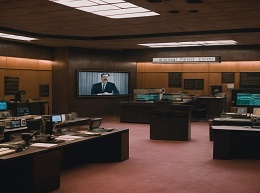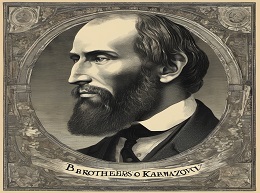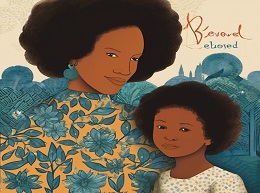Slaughterhouse-Five

"Slaughterhouse-Five" is a novel written by American author Kurt Vonnegut, first published in 1969. The novel is known for its unconventional structure and its exploration of the experiences of a soldier, Billy Pilgrim, during and after World War II. Here's a summary:
Setting:
The novel is set during and after World War II, with the central character, Billy Pilgrim, experiencing various moments in time.
Characters:
-
Billy Pilgrim: The protagonist, an optometrist who becomes "unstuck in time" and experiences events out of sequence.
-
Roland Weary: A soldier who becomes Billy's companion during the war.
-
Paul Lazzaro: Another soldier and fellow prisoner of war who harbors a grudge against Billy.
-
Edgar Derby: An older soldier and prisoner of war.
-
Montana Wildhack: An actress who becomes a prisoner of war alongside Billy.
Plot Summary:
-
Introduction of Billy Pilgrim:
- The novel begins with the introduction of Billy Pilgrim, an optometrist who becomes "unstuck in time." This means that he experiences moments from his life in a nonlinear fashion, including his time during World War II.
-
Billy's Capture and Imprisonment:
- Billy is captured by the Germans during the Battle of the Bulge and becomes a prisoner of war. He witnesses the firebombing of Dresden, Germany, an event that profoundly affects him.
-
Tralfamadorians and Time Travel:
- Billy is abducted by aliens known as Tralfamadorians, who teach him about their perception of time. They believe that all moments in time exist simultaneously and that death is simply a transition to another moment.
-
The Dresden Bombing:
- The novel depicts the bombing of Dresden in vivid and horrifying detail. Billy's experiences during this event become a central element of his narrative.
-
Postwar Life:
- After the war, Billy struggles to adjust to normal life. He becomes a successful optometrist, marries, and has children. However, he remains haunted by his experiences and the knowledge of his own death.
-
Billy's Time Travel:
- Billy continues to "time travel," experiencing moments from different points in his life, including his own death.
-
Capture by the Tralfamadorians:
- Billy is again captured by the Tralfamadorians, who put him on display in a zoo on their planet, along with Montana Wildhack, an Earthling actress.
-
Death and the Tralfamadorian Philosophy:
- The Tralfamadorians' philosophy influences Billy's perspective on life and death. They emphasize fatalism, acceptance of what is, and the idea that moments are eternally present.
-
The Book's Narrator:
- Vonnegut, the author, appears in the novel as a character, offering insights and explanations. The novel is partly autobiographical, as Vonnegut himself was a prisoner of war in Dresden during the bombing.
Themes:
-
War and Trauma: The novel explores the trauma of war, particularly the devastating impact of the Dresden bombing, and reflects on the absurdity of armed conflict.
-
Time and Free Will: The nonlinear structure and Billy's "unstuck in time" experiences prompt reflections on free will, determinism, and the nature of time.
-
Fatalism and Acceptance: The Tralfamadorian philosophy emphasizes fatalism and acceptance, challenging traditional notions of tragedy and loss.
-
Satire and Humor: Vonnegut employs satire and dark humor to convey serious themes, using absurdity to comment on the human condition.
Significance:
-
Critical Acclaim: "Slaughterhouse-Five" received critical acclaim for its innovative narrative structure, its exploration of existential themes, and its satirical approach to war.
-
Cultural Impact: The novel became a counterculture classic, resonating with the anti-war sentiments of the time.
-
Banned and Challenged: "Slaughterhouse-Five" has faced censorship and challenges in various places due to its content, especially its depiction of war and use of profanity.
-
Literary Legacy: The novel is considered one of the defining works of postmodern literature and remains widely studied in academic settings.
"Slaughterhouse-Five" is a unique and influential work that blends science fiction, satire, and anti-war sentiment. Its unconventional structure and exploration of profound themes make it a significant and enduring contribution to American literature.













